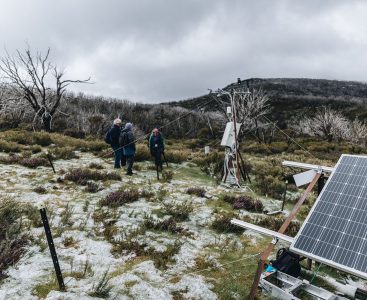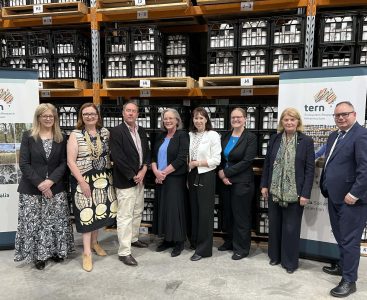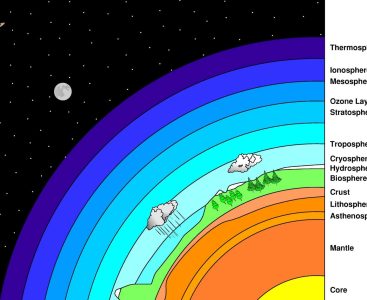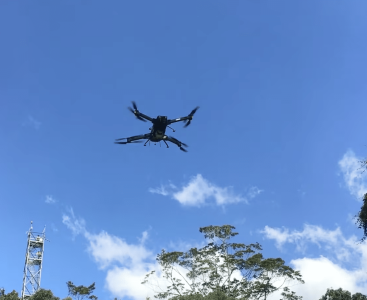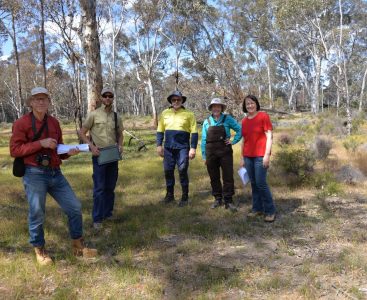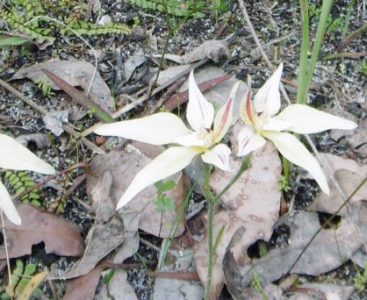News
TERN partners with newly launched Australian Mountain Research Facility
January 31, 2023
Biodiversity Carbon & Water Data & Analytics Land & Terrain
The world’s mountain ranges, including the Australian Alps, define the water catchments that drive our societies, sequester carbon in montane forests and organic soils, are ...
Find out more
Index of TERN newsletter articles
January 31, 2023
Project Office & Governance
Do you want to search all the way back to the beginning of TERN’s newsletters for a story you vaguely remember or maybe look for ...
Find out more
Oceania Ecological Forecasting Initiative (OEFI)
January 31, 2023
Biodiversity Carbon & Water Data & Analytics
Interested in forecasting and prediction? The Oceania Ecological Forecasting Initiative is a grassroots regional group of individuals from Australia, New Zealand, Melanesia, Micronesia, and Polynesia ...
Find out more
Fresh perspectives on paper daisy taxonomy
January 31, 2023
Biodiversity
Twelve new species and a new genus of iconic Australian paper daisies are revealed with the help of TERN’s curated leaf tissue samples. The taxonomic ...
Find out more
Vale Dr Peter Woodgate
January 6, 2023
Land & Terrain Project Office & Governance
A tribute to an exceptional leader in geospatial science and an exemplary former TERN Advisory Board member. Prepared by Dr Beryl Morris, Director, TERN Australia Our ...
Find out more
Director’s Update – December 2022
December 23, 2022
Project Office & Governance
As we farewell 2022 and with TERN’s recent Strategic Planning Workshop in Adelaide still on my mind, I can’t help but feel positive about the ...
Find out more
“Integrated Earth 2023”: save the date
December 23, 2022
Biodiversity Carbon & Water Data & Analytics Land & Terrain
The five Earth systems – geosphere, biosphere, cryosphere, hydrosphere and atmosphere – complexly interact to create a planet on which life evolves and has thrived. ...
Find out more
Digital Earth Australia tests TERN’s Robson Creek Rainforest SuperSite as a UAV validation site
December 23, 2022
Carbon & Water Land & Terrain
The 25Ha forest dynamics plot at TERN’s Robson Creek Rainforest SuperSite monitors over 200 species of tropical rainforest trees and is valuable as a validation ...
Find out more
New biodiversity transects established by TERN in Western Australia
December 23, 2022
Biodiversity Carbon & Water Land & Terrain
TERN’s new infrastructure will better capture environmental changes across time and space for research on projecting and evaluating impacts of climate change in key transitional ...
Find out more
TERN’s Biennial Science Symposium – call for abstracts
December 22, 2022
Biodiversity Carbon & Water Data & Analytics Land & Terrain Project Office & Governance
The TERN Science Symposium 2023 is a forum for sharing transdisciplinary and traditional approaches to ecosystem science research, technological development, data system innovation, collaboration and ...
Find out more
Subscribe to TERN News
Project updates, data releases, research findings, and users stories direct to your inbox.


